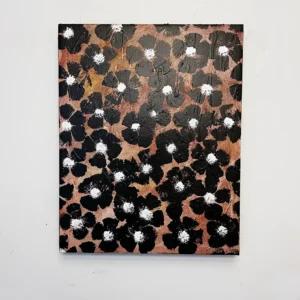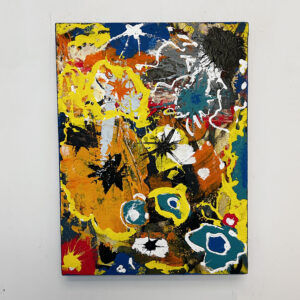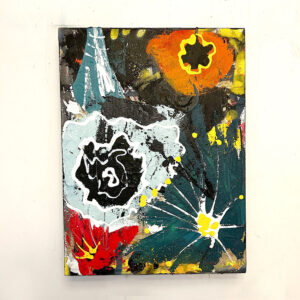Flowers have long been celebrated for their natural beauty and the emotions they evoke. They serve as symbols of love, hope, and happiness. However, there is a lesser-known realm of floral artistry that delves into the abstract, pushing the boundaries of traditional representation. Abstract flowers offer a unique perspective on the natural world, blending imagination with organic forms to create captivating and thought-provoking compositions.
The Emergence of Abstract Flowers
Abstract art, as a movement, began to gain prominence in the late 19th and early 20th centuries. Artists such as Wassily Kandinsky and Kazimir Malevich sought to break free from the constraints of realistic representation and explore the emotional and expressive potential of art. It wasn’t long before this movement extended its influence to the world of floral artistry.
Abstract flowers emerged as a genre that reimagined the way we perceive and appreciate floral beauty. These creations eschew the literal depiction of flowers and instead focus on the essence, energy, and emotions they embody. In the hands of talented artists, abstract flowers become powerful symbols, conveying complex feelings and ideas through color, form, and texture.
The Language of Color
One of the most striking features of abstract flowers is the use of color. Artists in this genre often employ vivid, unexpected color palettes that evoke a wide range of emotions. Bright, bold hues may symbolize joy and exuberance, while darker, more subdued tones can convey melancholy or introspection.
Abstract flower artists frequently experiment with the interplay of colors, creating compositions that are visually stimulating and emotionally resonant. The colors themselves become an integral part of the message the artwork conveys, allowing viewers to experience a visceral response to the piece.
The Dance of Form and Shape
In abstract flower art, the shapes and forms of flowers are distilled to their most essential elements. Petals, stems, and leaves may be reduced to geometric patterns or transformed into flowing, organic abstractions. This transformation allows artists to explore the underlying structure and energy of flowers, revealing hidden depths of beauty.
The absence of strict representation allows for a sense of fluidity and movement in abstract flower compositions. Flowers may appear to dance, twist, or spiral in a graceful ballet of forms. This dynamic quality can captivate the viewer’s imagination and create a sense of wonder.
Emotional Resonance
Abstract flowers have a unique ability to evoke emotions and provoke thought. Without the constraints of literal representation, these artworks invite viewers to interpret and connect with them on a personal level. The emotions they convey can be as diverse as the human experience itself.
Some abstract flower art may radiate serenity and tranquility, offering a sense of calm and contemplation. Others may pulse with passion and intensity, igniting a fire of inspiration within the observer. The ambiguity of abstract flowers allows each viewer to find their own meaning and emotional resonance in the artwork.
Conclusion
Abstract flowers are a testament to the enduring power of art to transform and transcend the ordinary. Through vibrant colors, innovative forms, and emotional depth, these creations offer a fresh perspective on the timeless beauty of flowers. They remind us that art is not bound by realism but can instead serve as a powerful vehicle for expression, imagination, and emotion. As we embrace the world of abstract flowers, we open ourselves to a world of endless possibility and beauty.


